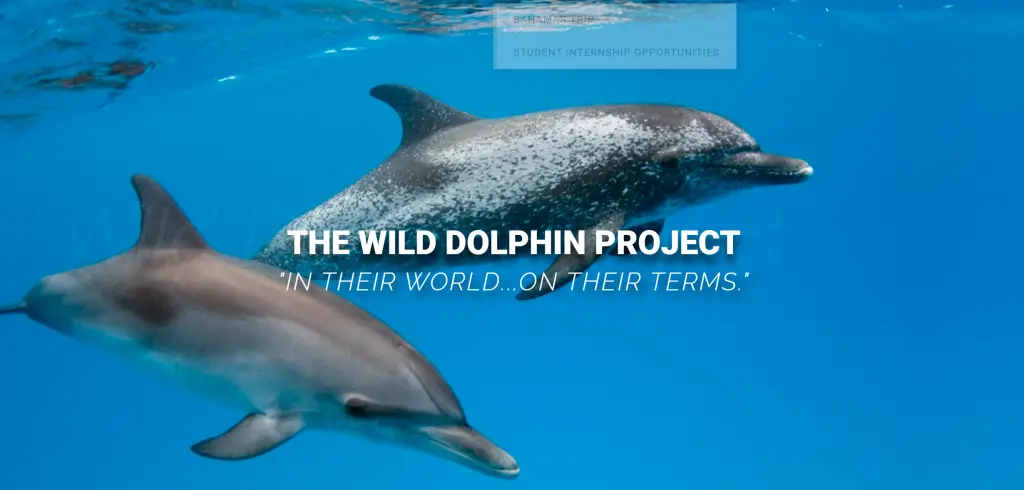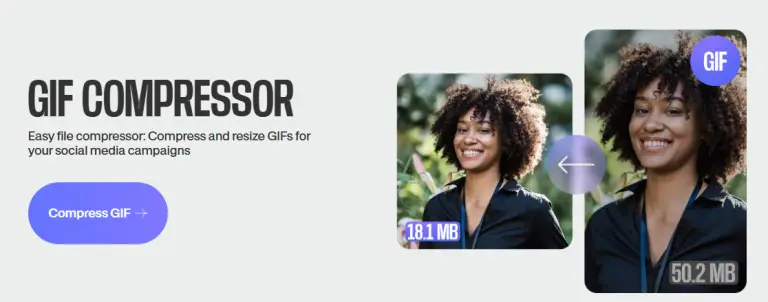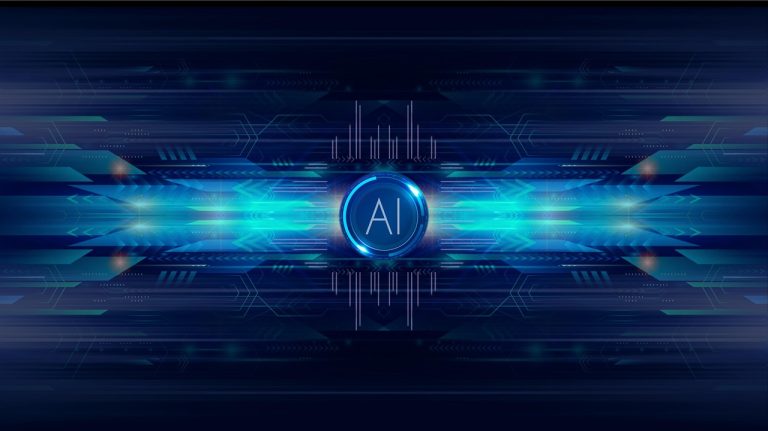
For decades, scientists have sought to decipher the enigmatic language of dolphins—a complex system of clicks, whistles, and other vocalizations through which these marine mammals appear to exchange information. Now, Google’s artificial intelligence may help bridge that communicative divide. The company has partnered with the Wild Dolphin Project to develop DolphinGemma, an AI-powered model designed to analyze dolphin vocalizations using technologies akin to those that underpin language models like ChatGPT.
Founded in 1985, the Wild Dolphin Project has been studying Atlantic spotted dolphins in their natural habitat, documenting their behavior, sounds, and underwater footage without intrusion. Over the years, researchers have amassed a vast archive of audio recordings that reveal discernible patterns—distinctive whistles that may serve as names and repeated sound sequences possibly linked to conflict or social interaction.
The ultimate goal is to determine whether dolphins possess something analogous to human language. According to Denise Herzing of WDP, it’s too early to assert that these animals use “words” in the human sense. Yet with AI, the scientific community edges closer to an answer.
At the core of DolphinGemma lies Google’s SoundStream technology, which breaks down dolphin sounds into “tokens”—discrete audio units comprehensible to the model. Much like with human language models, the AI’s objective is to predict the next sound based on previous sequences. A sufficiently accurate model might begin to generate sound patterns that dolphins themselves recognize as meaningful.
Remarkably, DolphinGemma is compact by AI standards, with only around 400 million parameters, making it operable even on smartphones. This portability is crucial, as researchers deploy Pixel devices in the field—on boats and even underwater. Georgia Tech’s CHAT system has already been used in tandem with the Pixel 6 and will soon transition to the Pixel 9, enabling more advanced algorithms and faster data processing.
Though DolphinGemma has not yet been integrated into real-time dolphin communication systems, it stands as a powerful tool for analyzing and recognizing patterns. It could pave the way toward a future where humans not only listen to but perhaps respond to dolphins—at least at a rudimentary level. Google plans to release the model to researchers by summer 2025 and believes it can be adapted to other cetacean species beyond Atlantic spotted dolphins.
While full-fledged interspecies dialogue remains distant, DolphinGemma represents one of the most ambitious efforts to date to determine whether the symphony of dolphin clicks and whistles carries meaning far beyond mere sound.


